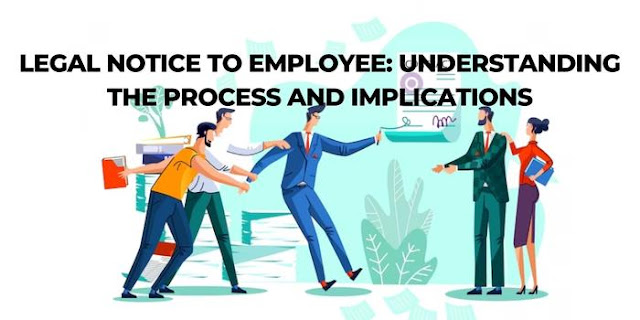What is minimum lock in period in rent agreement?
A rent agreement serves as the foundation of a harmonious landlord-tenant relationship. It outlines the terms, responsibilities, and rights of both parties involved. One crucial aspect of a rent agreement is the minimum lock-in period, a clause that dictates the duration during which neither party can terminate the agreement. In this blog, we'll unravel the concept of the minimum lock-in period in a rent agreement and understand its significance for both landlords and tenants.
Understanding the Minimum Lock-in Period
The minimum lock-in period is a stipulated timeframe within which neither the landlord nor the tenant can terminate or cancel the rent agreement prematurely. This clause is designed to provide stability and assurance to both parties, ensuring that neither party backs out of the agreement shortly after it's signed. During the lock-in period, the tenant commits to renting the apartment or property for a specific duration, while the landlord agrees not to seek another tenant.
Benefits for Landlords
Stability and Consistency: For landlords, the minimum lock-in period guarantees a stable rental income for a specific duration. This is especially advantageous in cases where finding new tenants quickly might be challenging.
Reduced Turnover Costs: Frequent tenant turnover can lead to increased maintenance and cleaning costs. The lock-in period minimizes such expenses by preventing tenants from vacating the property shortly after moving in.
Planning and Financial Management: With a predictable income stream, landlords can better plan their finances and allocate resources for property maintenance and improvements.
Benefits for Tenants
Security and Settlement: The lock-in period offers tenants a sense of security, knowing that the landlord cannot terminate the agreement abruptly. This allows them to settle into the property without worrying about having to move out unexpectedly.
Avoiding Frequent Relocation: Moving frequently can be stressful and expensive. The lock-in period gives tenants the freedom to establish themselves in the property and community without the fear of having to relocate soon after.
Time for Evaluation: The minimum lock-in period gives tenants ample time to evaluate whether the property meets their needs and expectations before considering a more extended commitment.
Flexibility and Exceptions
While the lock-in period offers benefits, it's essential to have some flexibility within the agreement. Situations might arise where either party faces unexpected circumstances that require an early termination. Many rent agreements include clauses that allow for exceptions to the lock-in period under specific conditions, such as job relocations, family emergencies, or property damage.
Conclusion
The minimum lock-in period is a critical element of a rent agreement that provides stability and security for both landlords and tenants. It ensures that both parties commit to the terms of the agreement for a specific timeframe, reducing the likelihood of abrupt terminations. Landlords can benefit from consistent income and reduced turnover costs, while tenants enjoy security and the opportunity to settle into their rented space. By striking a balance between stability and flexibility, the minimum lock-in period contributes to a harmonious and mutually beneficial landlord-tenant relationship.
Posted by Manisha

.jpg)

